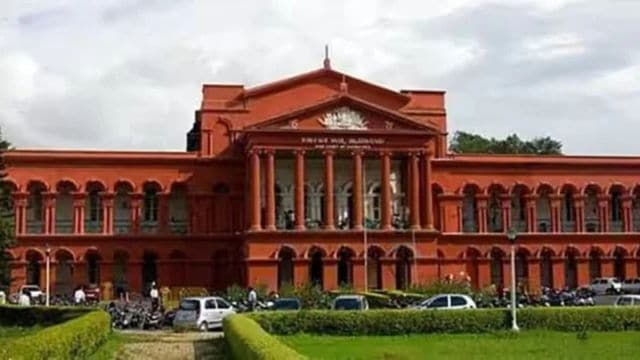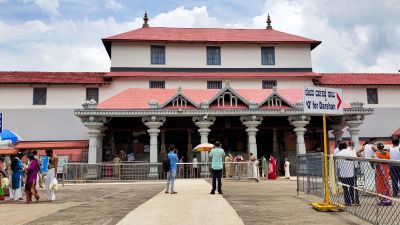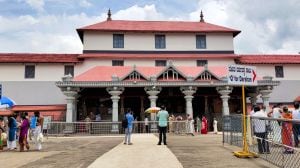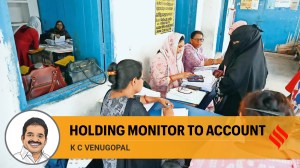Stay updated with the latest - Click here to follow us on Instagram
38 intermediaries on Sahyog already, X calling it ‘censorship’ portal ‘unfortunate’ and ‘condemnable’: Centre
Elon Musk's X had filed a lawsuit in the Karnataka High Court against the Centre challenging the use of Section 79(3)(b) of the Information Technology Act, 2000, to issue blocking orders.
 A single-judge bench of the high court on April 4 disposed of the challenge to the election of Syed Mohammed Ali as a member of the board in 2024, and his subsequent election as its chairman, though only five members of the 12-member board were present for the polling. (File Photo)
A single-judge bench of the high court on April 4 disposed of the challenge to the election of Syed Mohammed Ali as a member of the board in 2024, and his subsequent election as its chairman, though only five members of the 12-member board were present for the polling. (File Photo)The Centre has informed the Karnataka High Court that Elon Musk’s social media platform X (formerly Twitter) referring to the government’s Sahyog portal as a “censorship portal” is both “unfortunate” and “condemnable.” It also said that 38 leading IT intermediaries—including Google, Microsoft, Amazon, Telegram, Apple, Sharechat, Snapchat, LinkedIn, and YouTube—have already joined the Sahyog portal, which comes under the Ministry of Home Affairs (MHA).
On March 17, X filed a lawsuit against the Centre challenging the use of Section 79(3)(b) of the Information Technology Act, 2000, to issue blocking orders, claiming that it leads to the creation of a “parallel” and “unlawful” content censorship regime. The company also sought protection for its representatives and employees against coercive action for not joining Sahyog.
The Centre, in its Statement of Objections submitted to the Karnataka High Court, has listed an array of arguments against X’s earlier contentions before the Karnataka High Court. The case will be next heard on April 3.
The Centre stated in the objection statement that the petition of X was merely camouflaged as seeking interpretations of sections 79 and 69A, whereas it was actually seeking to press rights it did not possess under articles 19, 14 and 21 of the Constitution. It went on to say that as a foreign entity, the only right that X would have are the “safe harbour” protections from liability under Section 79. It further argued that the notices issued were not in the nature of blocking orders.
The Centre’s statement said, “Section 79 regime….merely issues notices informing intermediaries of their due diligence obligations. In case of non-compliance…the result is the lifting of safe harbour protections and consequent action under extant law.”
With regard to the Sahyog portal, the Centre stated that it sought to facilitate removal of access to data or links being used to commit unlawful acts, and had onboarded 38 intermediaries since it became operational in 2024.
On X’s position against the portal, the statement said, “The petitioner has termed Sahyog Portal as a Censorship portal… by raising a groundless concern of censorship, the petitioner is aiming to conflate its position with that of a user who posts content… use of the said terminology by a worldwide portal like X is unfortunate and condemnable.”







